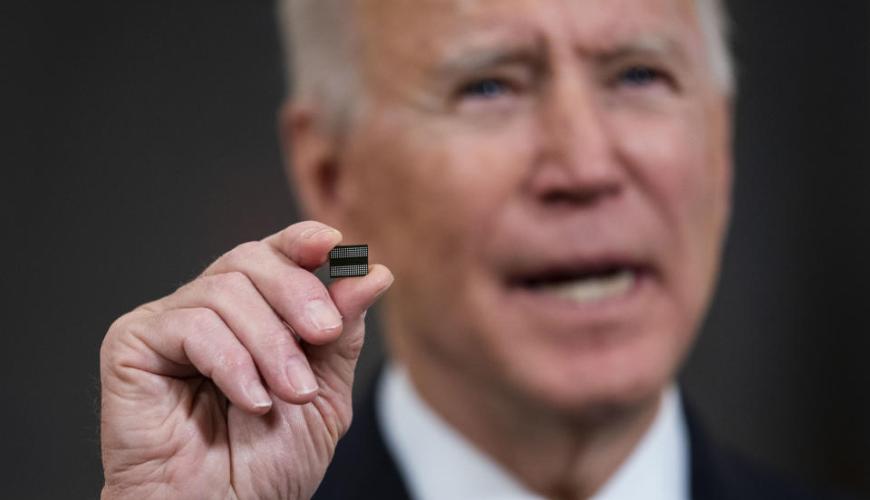$5 Billion U.S Government Plan Aims to Ease Chipmaker Workforce Crunch
- 11 February 2024 2:00 AM

With American chipmakers struggling to meet the growing demand due to a dearth of trained workers, the Biden administration recently announced an initiative to provide a boost. The White House plans to inject over $5 billion into a public-private consortium to facilitate research and development (R&D) in advanced computer chips, a crucial pillar of the modern economy.
The National Semiconductor Technology Center (NSTC), established under the new proposal, will house a "Workforce Center of Excellence." The center will utilize a substantial part of the fund to promote training in different regions of the U.S, subsequently increasing the number of industry-ready semiconductor engineers.
Commerce Secretary, Gina Raimondo, reiterated the significance of the effort and emphasized that semiconductor companies depend on a proficient workforce for their success. It is yet uncertain whether the initiative will be sufficient to make a significant difference in the labor market.
Previously, the task of workforce training was generally shouldered by the state and local governments, along with the companies themselves. Despite these efforts, policymakers and observers highlighted the need for more radical interventions due to the persisting labor shortage.
The new focus is on training and developing homegrown talent as immigration solutions are unlikely considering the current political environment.
States like Arizona, a growing hub for the U.S chip sector, have already run into labor issues. TSMC, a major chipmaker, for instance, has pushed back the full-scale launch of its northern Phoenix fabrication plant from 2024 to 2025, citing labor shortages as a primary cause. Additionally, Intel's $20 billion plant in Ohio reportedly faces delays attributed to a sluggish chip market and problems with government grant money distribution.
The White House's workforce strategy aims to roll out novel programs while capitalizing on existing local initiatives to propel education and training programs forward. These efforts will bolster both the manufacturing capacity and the cantering R&D initiatives.
Seeking to invigorate an industry that has dwindled from a near 40% global market share in 1990 to less than 10% currently, the plan aims to correct the state of advanced semiconductor manufacture. At present, all such advanced chips are built overseas, a situation the new plants under construction in the U.S aim to rectify.
However, despite the noble intent, scholar Greg Wright of the University of California Merced cautions that the workforce issues could exacerbate in future unless effectively addressed.
The CHIPS and Science Act, signed in August 2022, has been lobbying for funds allocation since its inception. It provisions roughly $50 billion for the semiconductor sector, out of which $39 billion is allocated to manufacturers and the remaining $11 billion is reserved for chip research and design.
Friday's announcement outlined the use of the R&D-share of the funding, with the NSTC positioned as the administration’s core research initiative. The disbursement of direct grants to companies is an eagerly awaited move, with further details promised within the following two months.
